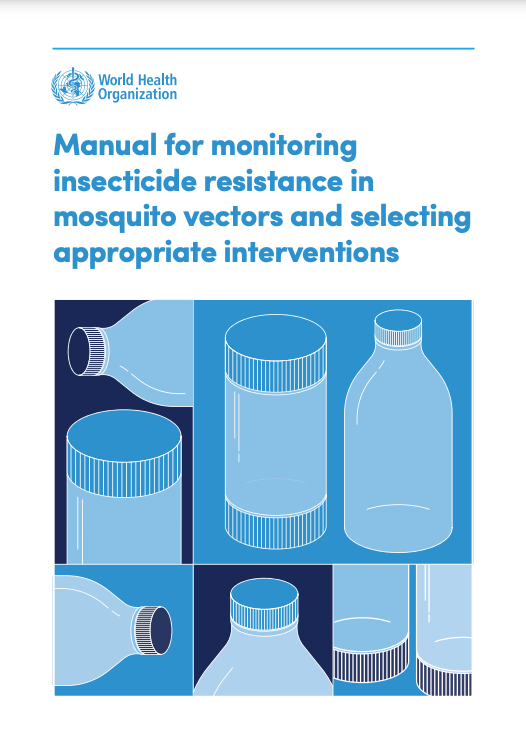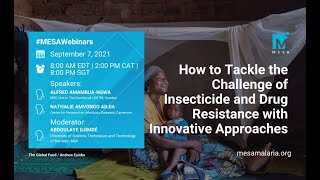Last Updated: 15/05/2023
Patterns and mechanisms of insecticide resistance in the major malaria vector Anopheles funestus in Senegal: behavioural adaptation, gene flow and impact on malaria transmission
Objectives
To characterise An. funestus populations across Senegal, and assess their contribution to malaria transmission and establish the extent of insecticide resistance in An. funestus populations across Senegal to inform a nationwide control of this major vector.
To reduce the burden of Malaria in Senegal, the National Malaria Control Program targets malaria vectors through the use of long lasting insecticide-treated nets (LLINs) and indoor residual spraying (IRS). Unfortunately, increasing insecticide resistance in malaria vectors is threatening the continued effectiveness of these interventions. Thereby, the monitoring of the efficacy of these programs requires a good management of insecticide resistance. Recent entomological monitoring of the IRS programme conducted in central region of Senegal highlighted a high density of the An. funestus vector maintaining residual malaria transmission. Moreover, there is currently no knowledge about the nationwide geographical distribution and extent of the resistance recently reported in a northern population. Furthermore, the impact of resistance on the effectiveness of control tools as well as malaria transmission remain uncharacterised preventing a design of resistance management strategies across Senegal.
Nov 2020 — Nov 2023
$370,825

